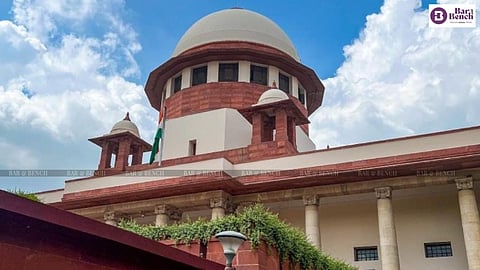
- News
- Columns
- Interviews
- Law Firms
- Apprentice Lawyer
- Legal Jobs
- हिंदी
- ಕನ್ನಡ

The Supreme Court has asked Courts and tribunals to avoid uploading on their websites scanned versions of printed copies of their judgments [State Bank of India and anr vs Ajay Kumar Sood].